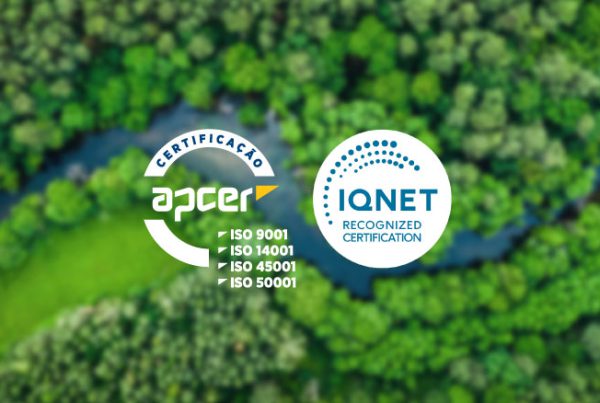Making data work for teachers and Students
Good teachers know their students. They know their students’ academic strengths and weaknesses. They know their students’ personalities. They know their student’s talents. They know about their students’ families. They know their students’ passions, their talents, and their dreams.
Good teachers use this “knowing†to tailor classroom activities and learning experiences for students. They use what they know about students to decide what content to present and how to present it. They use the information they have learned about and from students to tailor their interactions with students and most important to fashion a certain type of relationship with students. In short, good teachers use data.
Though teachers are often told to use data, it is often not clear what is meant by“data,â€why they should use them, and how to use data.If you have the same questions, read on.
Profile:
Mary Burns, Education Development Center (EDC), is a technology planner, professional development provider, school-based coach, curriculum developer, evaluator, writer, program designer, and teacher. She works primarily in instructional technology at the primary, secondary and tertiary levels of the education system. Mary has won awards for teaching, curriculum development, and research and has worked in five continents. In addition to English, she speaks Spanish, French and Portuguese.
What are data and why should teachers use data?
Data are any piece of information—either qualitative or quantitative, structured or unstructured—that teachers can use to influence the design, instruction, and assessment of learning experiences, as well as communications and interactions with students. Data provide teachers with information that, if analyzed, interpreted and acted upon, can lead to improvements in planning, design, instruction, assessment and feedback.
Where can teachers find data?
The good news is that almost everything can be a data point.Interim test scores, standardized tests and final exams are some of the more traditional, test-oriented data that teachers use for purposes of assessing whether students have met content standards or for curriculum planning. However, there are also multiple other, more easily accessible and immediate, data points. Activities we associate with formative assessment, for example—asking students questions, Exit Tickets , the One Minute Paper , Observation By Walking Around (OBWA), Stop and Jot , student journals, and Think Aloud — yield rich information that teachers can use in planning, instruction, assessment and feedback.
Not every data point need be dry, clinical or numerical. Asking our students for their opinions can furnish rich, valuable, and sometimes challenging, information that can help teachers better plan, remediate, design, deliver and assess student learning. Talking with parents allows teachers to see the student as a more complete individual and can provide important information about student motivation, preferences and behavior. For teachers who teach students of different ethnicities or religious affiliations, learning about and integrating students’“funds of knowledge†into classroom activities—that is, the knowledge, skills, and experiences students acquire and embody through their community and culture—can create aricher and more-highly scaffolded learning experience for thesestudents (Moll, 1992).
How do I get started with data collection?
Data are not an end in themselves; they are a means to an end and that end is improvement. Therefore, it is essential that we understand our purpose and goals for data collection.
What do we want to know? What problem do we want to solve? The questions teachers ask determines the kind of data they need to collect and how to analyze such data. For example, are teachers trying to diagnose what students know about a particular topic before teaching it? Are we trying to figure outwhy so many students did poorly on an exam on a key topic in a particular content area?
The next step after developing a clear question or defining theproblem is to identify which data sources best yield potential responses or resolutions to this question or problem. To answer the first question above (the diagnostic question) teachers might use a K-W-L Chart. The unstructured student generated responses could help determine what topics the teacher needs to cover and where exactly to begin instruction in a particular unit. For the second question (the exam question), the teacher might conduct interviews with multiple students about the exam questions. In contrast to the more unstructured nature of a K-W-L chart, the teacher may wish to use a protocol so all questions are standardized. This allows the teacher to begin to look for patterns that can potentially pinpoint strategies for re-teaching.
How do I analyze these data?
Data analysis is often a matter of reflection and interpretation.Data tell a story. What patterns do we see? What critical incidents do we notice? What surprises us from the data? Do the data resonate with our own experiences as teachers? As a former data coach, I strongly recommend that, where possible, schools employ a data coach who brings teachers together to make sense of data. Teachers may be nervous about sharing data with peers.
A data coach can emphasize inquiry over evaluation, curiosity over judgment, and ask the kinds of neutral higher-level questions that focus teachers, not on blame or judgment, but on improvement.
Data gathered and analyzed… now what?
Data collection is a means; improvement—in teaching, in planning, in assessment, in some aspect of learning—is the goal. Based on analysis and interpretation of data, what strategies or activities can the teacher undertake to improve the articular aspect being examined? Based on analysis and interpretation of information, the teacher plans a course of action—re-teaching a unit in a new way, redesigning an assessment or having students work in pairs versus alone on a topic.
And rinse and repeat because the above process is not linear, but rather it is a continuous cycle!
Good teachers have always used data to support student learning and to support their students. But to formalize and systematize what many teachers already do, schools must establish structures, time and procedures to make data collection, analysis, and resulting instructional changes a valued, more manageable and highly collaborative process. Only then will “data-driven instruction†be truly harnessed to improve student learning.




